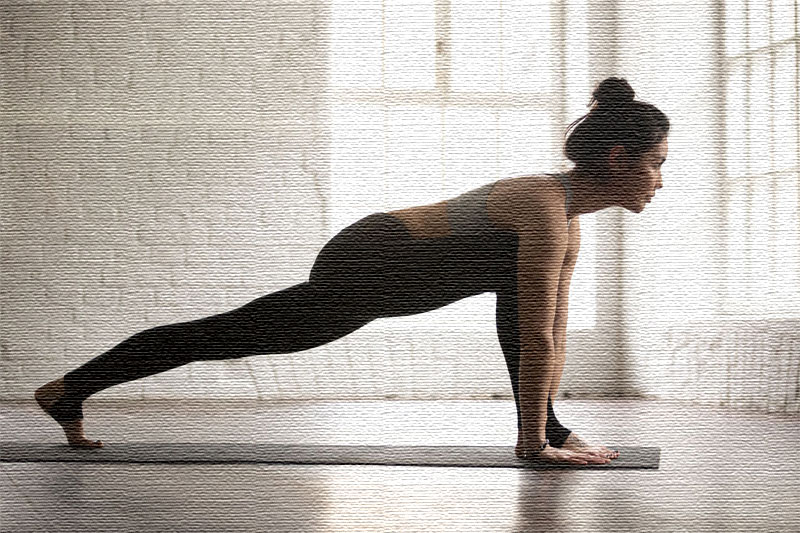Running may seem easy, but it is quite possibly one of the most difficult forms of exercise to master. Not only do you have to get to grips with breathing exercises and learn to put one foot in front of the other properly, but you need to run regularly if you are to build your muscle and stamina.
3 Stretching Tips for New Runners
Many of us head straight on into cardiovascular exercise, forgetting that it can take around three to four weeks before we see an improvement in our cardio health. You have to practice patience if you want to become a seasoned runner and not give up after a few sprints. However, you also need to learn the best ways to stretch your muscles if you want to reduce the likelihood of injury and improve your running prowess.
1. How Does Stretching Help Runners?
The right stretches can reduce the chance of injury. However, stretching can also improve performance and speed. This is because stretching your muscles increases flexibility and can improve your running form. Therefore, you wish to improve your speed and make running much more effortless, stretching is essential.
2. The Best Stretching Tips for New Runners
Flexibility
As previously mentioned, stretching can improve your flexibility and make you a better runner. This is because you are reusing the same muscles over and over again, so ensuring these muscles are being stretched out can reduce stiffness while also targeting any weaker muscles and improving your overall performance. Flexed muscles open you up to a range of motion that a stiffer body will not be able to withstand.
Faster Recovery
Stretching after working out, otherwise known as a cool-down, relaxes your muscles and lower your breathing and heart rate at a more gradual rate. This will reduce the amount of lactic acid and help you repair any micro-injuries you may have experienced from running. Remember, as a new runner, your body will not be used to the exercise and movements you are performing. This will increase the likelihood of injury.
Reduced Chance of Injury
Carrying on from the above point, stretch before and after your run to reduce the chance of injury. You are pushing your muscles when running (especially if you are new), and if you do not stretch and increase flexibility, you could tear a muscle or roll an ankle more easily.
Helps with Recovery (if already injured)
If you have experienced an injury before, whether it be from sport or not, stretching can help you with your recovery. Some injuries are long-lasting and you may have to adapt your exercise routine. So, if you wish to pick up running, be sure to practice stretches that are known for helping and preventing further injury.
One common injury athletes experience is problems with the IT Band. If you have pulled this tendon before or you wish to avoid doing so, there are several different stretches to try. Proper stretching is essential for new runners, as they are more prone to injury.
3. What Stretches Should You Do?
Kneeling Hip Flexor Stretch
Tight hips can lead to hip and lower back pain, therefore, you will want to stretch out these muscles to reduce the likelihood of discomfort and injury.
Here’s how to flex your hips:
1. Stand straight and then slide your foot of choice behind your body and carefully drop down to your knee.
2. Rest both of your hands on the knee that is raised.
3. Slightly lean the body forward and push your hips forward.
4. Hold this for 30 seconds.
5. Stand up and switch legs. Repeat this a handful of times for each leg.
Standing Quad Stretch
The quads are the muscles located in the front of the thighs, and without proper stretching, you can form tight quads that reduce running performance and can cause pain after a run. Furthermore, strong quads can reduce pressure on your knees, alleviating knee pain when running (which is especially useful if you are an outside runner and you run in paved areas).
Stretch your quads by:
1. Standing up straight with your feet hip-width apart.
2. Choose which knee to start with. Once chosen, bend the knee and bring the foot up behind you. Grab the ankle with the hand of the same side and hold the ankle level with your buttock.
3. Keep your knee pointed towards the floor and gradually push your hips forward. Ensure you are keeping your knees and thighs together so that you feel the muscle pulling ever so slightly.
4. Hold this pose for 30 seconds before switching to the other leg.
As a new runner, you need to understand the science behind proper stretching. This can help reduce potential injuries, but it can also improve your running skills and fitness levels.
































